Treating Flea Bites
This post may contain affiliate links so I earn a commission.
There is no magic formula or cure when it comes to treating flea bites.
However, there are numerous techniques that have been shown to help reduce your discomfort and healing time.
While there are several products and methods for treating your flea bites, that is not the only consideration.
When you are dealing with insect bites it is important to try to understand where they came from.
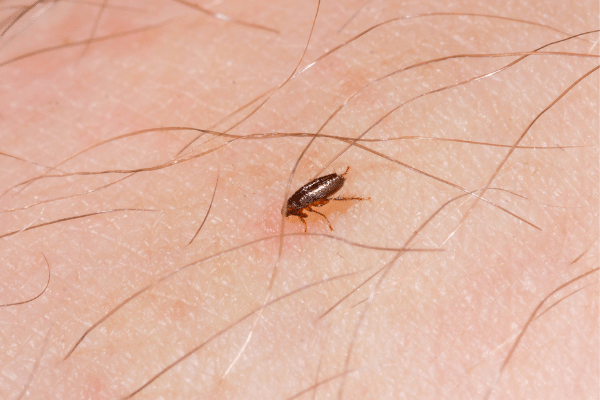
Some are obvious like the itching that occurs right after that buzzing mosquito goes silent, or the burning pain of a wasp sting when you have accidentally disturbed their home.
Flea bites are not always so obvious though.
Let’s see if we can provide you with some basic understanding as well as tools to help you get comfortably on your way again, and prevent future problems.
Treating Flea Bites - Prevention
Since common dog and cat fleas do not like to feed on humans, in all but extreme cases their bites tend to be sporadic, and often close to where a pet has slept near you.
Sometimes these bites can be found in clusters of raised wheals (red bumps) often with a halo ringing the bite.
If you believe that you have been bitten by fleas and you are not sure where, it is important to find and treat the source.
If you have pets look to their bedding and bodies first.
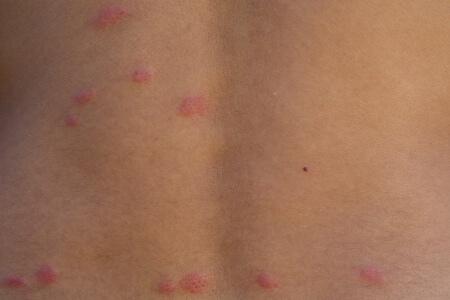
Vacuum your living environment extremely well and work hard to eliminate any moist or humid areas where fleas can breed and develop.
If you know where your bites came from and have done all that is necessary to ensure that you are no longer being bitten, you can devote your focus on reducing your discomfort and ensuring that you are healthy and happy.
Treating Flea Bites - Remedies
There are many traditional remedies for treating flea bites.
As a general rule treatments that help to clean and sterilize the bite and its surrounding skin, while also reducing inflammation are best.
- Simple herbal infusions (made like a covered tea) with calendula or mint can be used as a soak or compress.
- Essential oils like Tea Tree and lavender can both help soothe your skin and reduce inflammation.
- Aloe Vera is always very cooling when applied topically.
- Witch Hazel is also a traditional way for treating your flea bites.
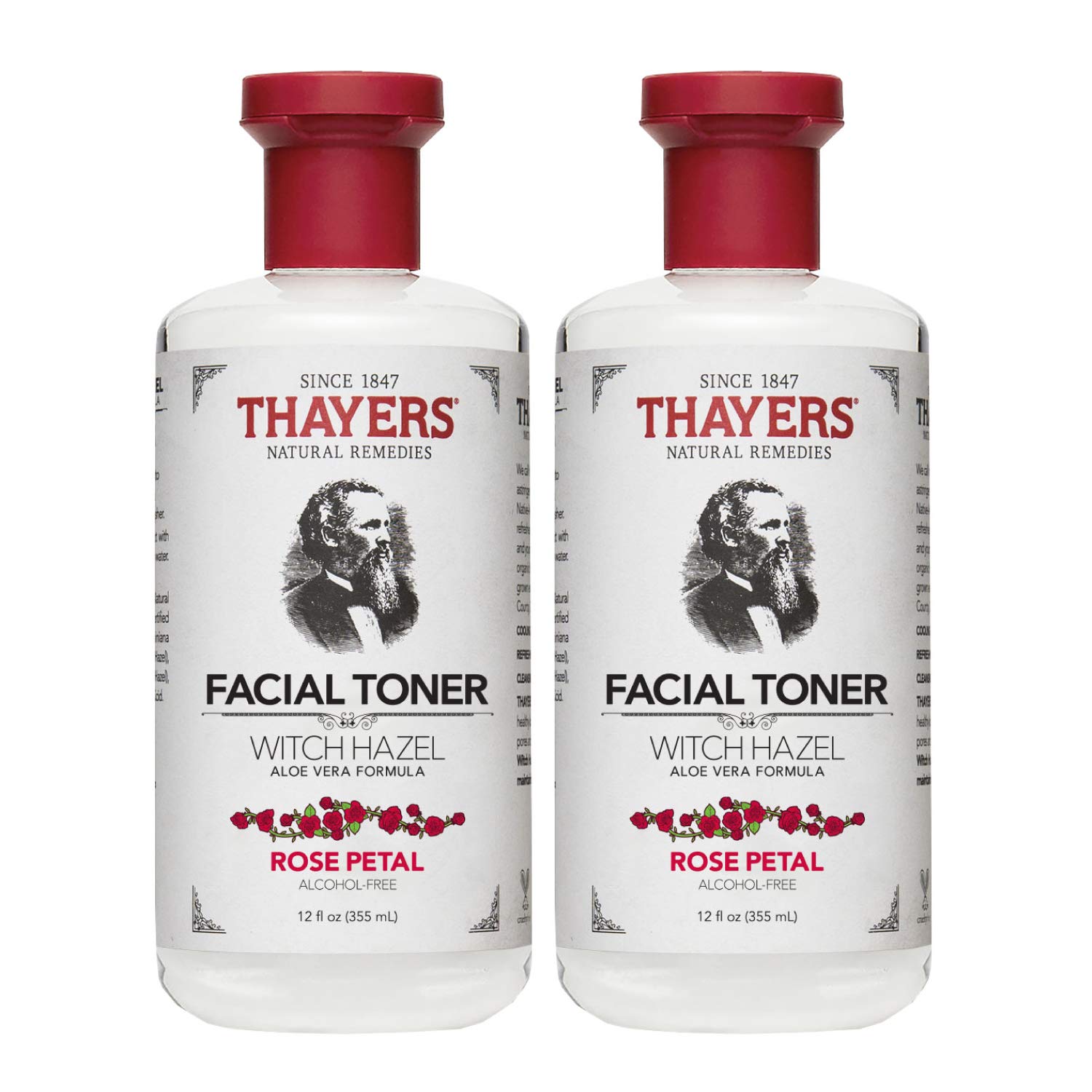
Thayers is a good brand with many different formulas to help your skin.
It is made in the USA with a legacy reaching back over 170 years.
In cases where there are a lot of bites that are causing more suffering than the methods above seem to provide relief for, another simple method to reduce inflammation from bites or rashes is to make some plain organic oatmeal, or make it with calendula and mint infusion water.
Then let it cool and pack the oatmeal onto the bites covering it with a damp cloth so it does not dry out and stick to you.
Or for a simpler method put dry oatmeal in a sock or cloth bag and take it in the bathtub with you.
The sock or bag will keep the oatmeal from getting in your drain, but will allow your bath to become soothing oat milk, and can be used like a washcloth to rub your bites.
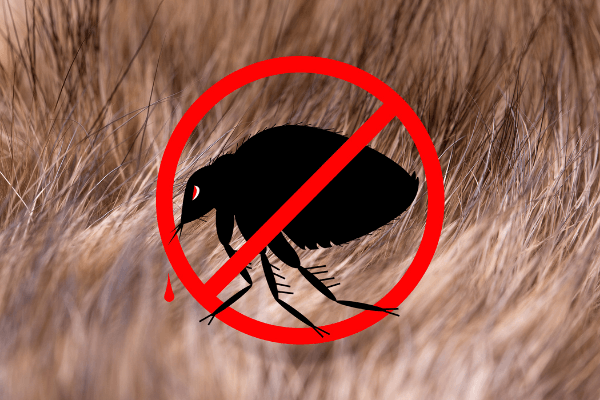
There are of course many other methods for treating flea bites, and rarely is more treatment needed than topical treatment of your flea bites.
While it is true that flea bites have been known to transmit disease, it is highly unlikely that you would have been infected by one from your flea bites, but if you do become sick or notice unusual swelling or redness it is a good idea to consult with your medical care provider.
Once your flea bites are being treated, and you are sure that the source of your bites has been taken care of, you can relax a bit.
Keep treating yourself and be vigilantly on the lookout for signs of new bites or fleas.
Make sure to study up on fleas and what they need in their environment to survive and flourish.
If you have animals, regularly clean their bedding and check them with a flea comb to ensure that they are not the cause of a new infestation.
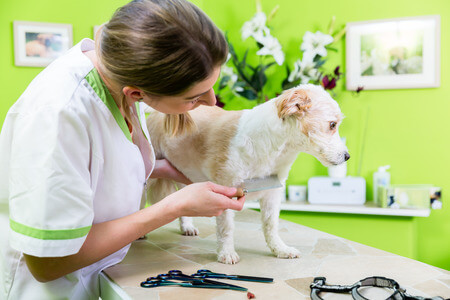
Vacuum animal areas and during humid weather consider putting a dehumidifier in damp areas like the basement and washrooms when fleas become an issue or as a preventative.
Keeping those areas of your house below 50% humidity will disrupt the early stages of fleas’ lives causing them to dehydrate and die.
Treating Flea Bites - Overall
Fleas are generally very controllable if you are able to follow a few simple rules.
If you live in an area where fleas are particularly common it is worthwhile educating yourself about them, and keeping a few basic treatments around for treating flea bites or the bites of any other insects.
Then hopefully treating flea bites will seem like a distant memory.



